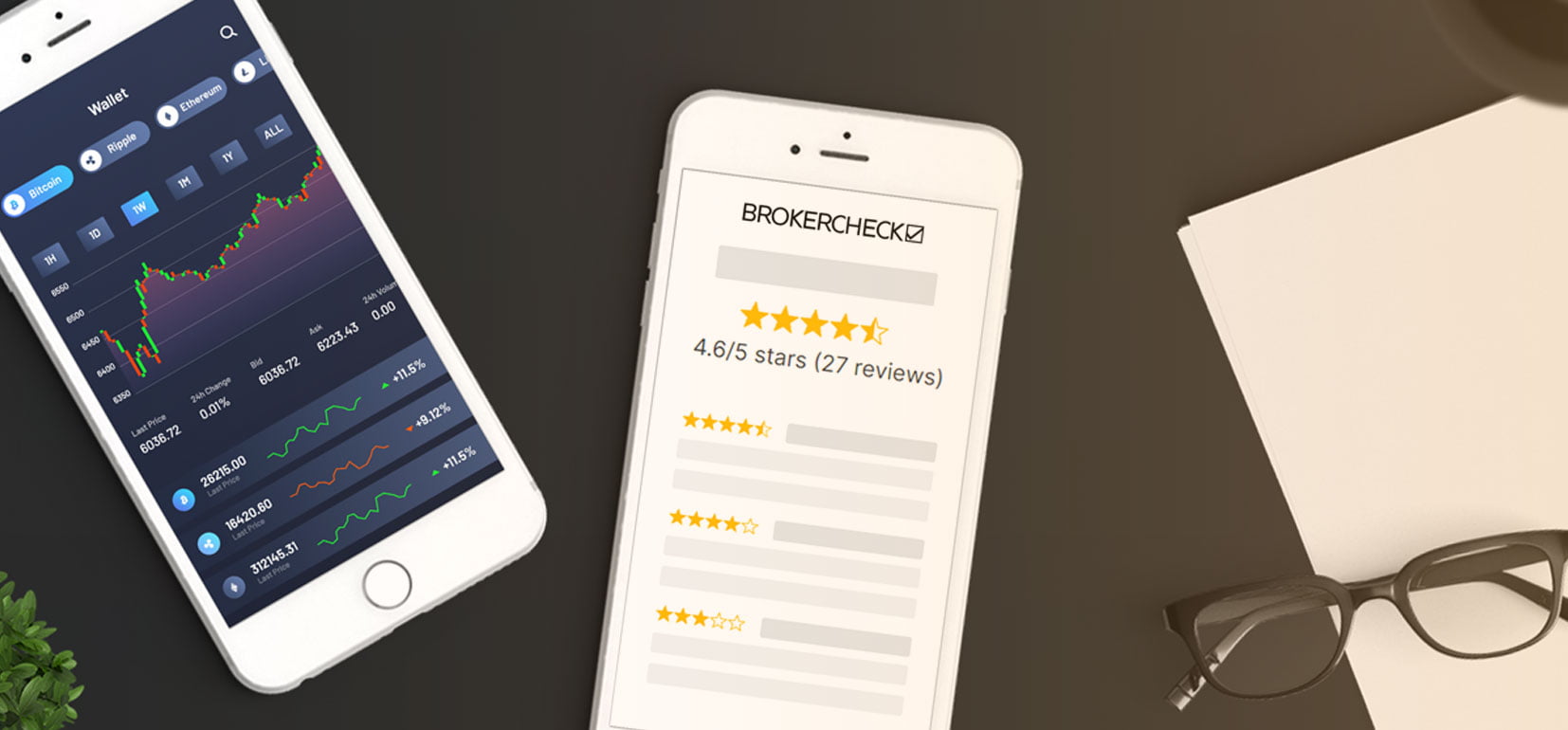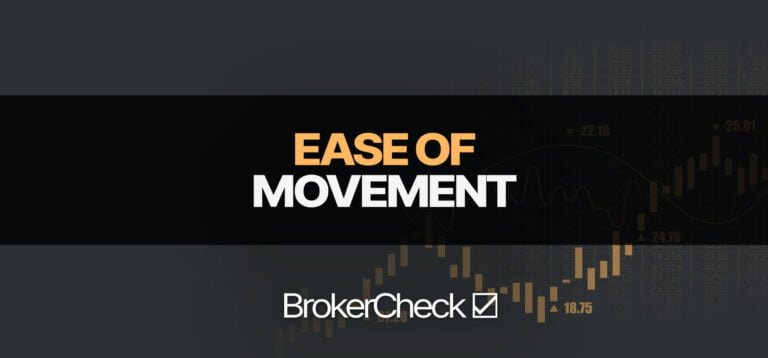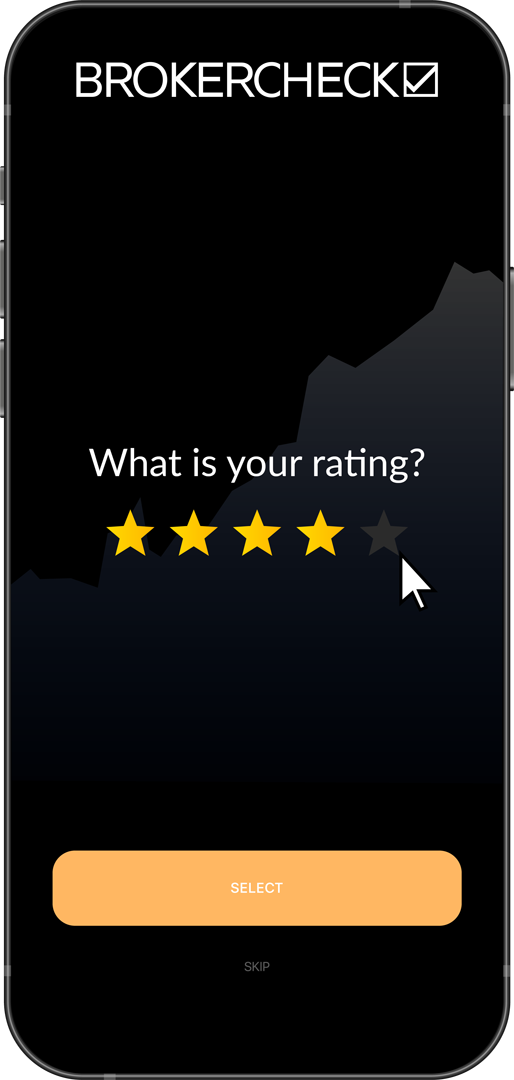1. Understanding 24-Hour Volume in Trading
24-hour volume in trading is a vital metric that can provide a wealth of information about a particular asset’s activity within a single day. It represents the total amount of trades that have taken place over a 24-hour period, offering valuable insight into the asset’s liquidity, volatility, and popularity among traders.
Successful use of 24-hour volume requires a keen understanding of these aspects. High volume often indicates a strong interest in the asset, suggesting the potential for significant price movements. On the other hand, low volume may imply a lack of interest, which could lead to stagnant price action.
Monitoring 24-hour volume can also help traders identify potential trends and reversals. A sudden spike in volume might signal a new trend, while a drop could suggest a potential reversal. This information can be incredibly useful when planning your trading strategy, as it can help you anticipate potential market movements and make more informed decisions.
However, it’s important to remember that 24-hour volume should not be used in isolation. It’s just one piece of the puzzle, and should be used in conjunction with other indicators and tools to provide a comprehensive view of the market.
Understanding and effectively utilizing 24-hour volume can significantly enhance your trading strategy, enabling you to spot opportunities and risks that might otherwise go unnoticed. By staying informed about the latest volume trends and understanding what they signify, you can navigate the market with greater confidence and precision.
1.1. Definition of 24-Hour Volume
The 24-hour volume is a crucial concept for both novice and experienced traders. It refers to the total amount of a specific cryptocurrency that has been traded on all exchanges in the past 24 hours. The 24-hour volume provides insights into the liquidity and overall activity of a particular cryptocurrency. A high 24-hour volume indicates a highly active market, which can mean greater liquidity, lower transaction costs, and better spreads. Conversely, a low 24-hour volume might suggest a less active market, potentially leading to higher transaction costs and price volatility.
When it comes to using the 24-hour volume successfully, it’s important to understand that this metric is a reflection of the market’s interest in a particular cryptocurrency. It can help traders gauge the strength of a price move. For instance, a price increase combined with a high 24-hour volume could signify a strong upward trend, while a price increase with a low 24-hour volume might indicate a weaker move.
Additionally, the 24-hour volume can be a useful tool for identifying potential trading opportunities. A sudden spike in volume could point to a significant market event or a change in sentiment, possibly signaling a buying or selling opportunity.
Knowing how to interpret the 24-hour volume can provide traders with a valuable edge, helping them make informed decisions and potentially increasing their chances of trading success. It’s worth noting, however, that while the 24-hour volume is a powerful tool, it should not be used in isolation. Traders should always consider other factors and indicators when making their trading decisions.
1.2. Importance of 24-Hour Volume
The 24-hour volume is a paramount aspect of trading that can make or break your investment strategy. It’s a metric that reveals the total number of shares or contracts traded within a specific 24-hour period. This information is crucial as it provides insights into the liquidity and volatility of a particular asset.
Liquidity refers to the ease at which an asset can be bought or sold without causing a significant price movement. Assets with high 24-hour volumes are generally more liquid, implying that large orders can be executed without significantly impacting the price. This is a critical factor for traders who need to enter or exit positions quickly.
On the other hand, volatility is the degree of variation in an asset’s price. High 24-hour volumes often correlate with high volatility levels. This can provide lucrative trading opportunities for those who thrive in fast-paced, dynamic markets. However, it also comes with increased risk, which necessitates a robust risk management strategy.
The 24-hour volume also provides a snapshot of the market sentiment. A sudden surge or drop in volume can signal a potential price movement. For instance, an increase in volume alongside a price uptick may suggest a bullish sentiment, while a volume increase with a price drop could indicate bearish sentiment.
In essence, understanding and utilizing the 24-hour volume can significantly enhance your trading strategy. It’s not just about the numbers; it’s about understanding the story they tell about the market’s heartbeat. It’s a tale of opportunities, risks, and the collective sentiment of traders worldwide. By harnessing this knowledge, you can make informed decisions, anticipate market movements, and ultimately, maximize your trading success.
2. Strategies for Using 24-Hour Volume Successfully
Understanding the 24-hour volume is crucial in the world of trading. It provides a snapshot of the total trading activity for a particular asset over a 24-hour period. This number can give traders an insight into the market’s liquidity, the popularity of the asset, and even potential price movements.
Firstly, the 24-hour volume can be used to gauge market liquidity. The higher the volume, the easier it is to buy or sell an asset without causing a significant price movement. A high volume indicates a highly liquid market, which is beneficial for traders as it allows them to enter and exit positions with ease.
Secondly, the 24-hour volume can indicate the popularity of an asset. If the volume is high, it suggests that the asset is popular among traders and investors. This can be a sign that there is a strong interest in the asset, which could potentially lead to price increases in the future.
Lastly, the 24-hour volume can be used to predict potential price movements. A sudden increase in volume can often precede a price change. For example, if there is a sudden surge in the volume of a particular asset, it could indicate that there is a significant market event or news release that could affect the price of the asset. By keeping an eye on the 24-hour volume, traders can potentially anticipate and capitalize on these price movements.
However, while the 24-hour volume can provide valuable insights, it is important to remember that it is just one of many tools that traders should use when making trading decisions. It should be used in conjunction with other indicators and analysis techniques to make the most informed trading decisions possible.
Moreover, it’s worth noting that the 24-hour volume is not always a reliable indicator of future price movements. Market conditions can change rapidly, and what works one day may not work the next. Therefore, it’s crucial for traders to stay flexible and adapt their strategies as needed.
Overall, the 24-hour volume is a powerful tool that can help traders make more informed decisions. By understanding how to use it effectively, traders can gain a competitive edge in the market.
2.1. Analyzing Volume Patterns
Volume patterns are a critical but often overlooked aspect of trading. These patterns provide a wealth of information about market activity, and when correctly interpreted, can offer valuable insights into potential trading opportunities. The 24-hour volume, in particular, is a potent tool that traders can use to gauge the strength of a market trend.
To effectively analyze volume patterns, it’s essential to understand the basics. The 24-hour volume refers to the total number of shares or contracts traded in a specific market within a 24-hour period. This figure is a direct reflection of the market’s activity level, with higher volumes often indicating heightened interest and potential volatility.
But the raw volume data alone isn’t enough. To truly harness the power of volume analysis, you need to look at how the volume changes over time. Are the volumes increasing or decreasing? Is there a sudden spike or drop in volume? These changes can signal a shift in market sentiment, potentially indicating a new trend or a reversal of an existing one.
To further refine your analysis, consider the relationship between volume and price. If prices are rising with increasing volume, this is typically a bullish sign, suggesting that the upward trend is likely to continue. Conversely, if prices are falling with increasing volume, this could indicate a bearish trend.
Beyond these basic principles, there are numerous advanced techniques and strategies for volume analysis, such as volume-based indicators and oscillators. These tools can help you identify patterns and trends that may not be immediately apparent from the raw volume data alone.
In the end, the key to successful volume analysis is practice and experience. As you become more familiar with volume patterns and their implications, you’ll be better equipped to make informed trading decisions based on this powerful tool. Remember, volume is a direct reflection of the market’s interest and activity level, so pay close attention to it when planning your trades.
2.2. Incorporating Volume into Trading Decisions
Volume, an often overlooked aspect of trading, is a crucial component in making informed decisions. It represents the total number of shares or contracts traded within a specified timeframe, offering a comprehensive picture of activity for a particular security or market. The 24-hour volume, in particular, can be a game-changer for traders, providing key insights into the market’s behavior.
Understanding the importance of volume is the first step. Volume is a direct indication of market strength. High volumes often signify a high level of interest in a particular security, while low volumes may indicate a lack of interest or a period of uncertainty. By incorporating volume into your trading decisions, you can gain a better understanding of the potential direction and momentum of a trade.
The 24-hour volume can be particularly beneficial when used in conjunction with other trading strategies. For instance, it can help identify potential breakouts. A sudden increase in volume can signal a pending price movement. If this surge in volume is accompanied by a price increase, it could indicate a bullish trend. Conversely, a volume spike coupled with a price drop could signal a bearish trend.
Moreover, the 24-hour volume can also be used to confirm trends. In a rising market, an increase in volume indicates strong investor interest and buying pressure, which can sustain the upward trend. In a declining market, an increase in volume shows strong selling pressure, which could continue to drive prices down.
Volume analysis can also help you avoid false signals. For example, a price breakout on low volume could be misleading, as it may lack the necessary support to sustain the move. However, a breakout on high volume is more likely to be a valid move as it indicates strong investor interest.
Remember, like any trading tool, the 24-hour volume should not be used in isolation. It’s best used in conjunction with other indicators and analysis techniques to increase your chances of trading success. Utilizing volume as part of your trading strategy can provide a more holistic view of market dynamics, enhancing your decision-making process and potentially leading to more profitable trades.
3. Advanced Techniques for 24-Hour Volume Analysis
Volume analysis is a crucial tool in a trader’s arsenal, often overlooked but incredibly valuable when applied correctly. It can provide insights into the market’s conviction behind a price movement, presenting opportunities for strategic trading. In the world of 24-hour trading, mastering volume analysis techniques is even more critical.
One such technique is the Volume Weighted Average Price (VWAP). This powerful tool takes into account both the price and volume of trades, giving more weight to price levels with high trading activity. It’s typically used to identify liquidity points and as a benchmark for trade execution.
Another advanced technique is Volume by Price. This is a horizontal histogram that shows the amount of volume at different price levels. It’s a great way to identify support and resistance levels and can give you an edge in predicting where the price might go next.
On-Balance Volume (OBV) is another technique worth mentioning. It uses volume to predict changes in price by adding up the volume on up days and subtracting it on down days. This can help you spot divergence and potential trend reversals.
Moreover, the Volume Oscillator is a tool that measures volume by comparing a short-term volume moving average with a long-term one. The oscillator can help identify periods of increased or decreased volume, which can signal potential price movements.
Lastly, don’t forget about Cumulative Volume Index (CVI). This tool adds the day’s volume if the market closes higher and subtracts it if the market closes lower. Over time, this can help identify the overall market sentiment and potential trend changes.
Remember, these techniques are not standalone strategies but should be used alongside other technical and fundamental analysis tools. They can provide valuable insights into market dynamics and help you make more informed trading decisions. Always practice sound risk management and never risk more than you can afford to lose.
3.1. Volume-Price Trend (VPT) Analysis
Volume-Price Trend (VPT) analysis is a crucial technique that can significantly enhance your trading strategy when dealing with 24-hour volume. This powerful tool combines price and volume in an attempt to determine the direction of a security’s trend. The VPT indicator is based on the principle that changes in volume often precede changes in price.
To effectively use the VPT analysis, you need to understand its two components: the volume multiplier and the running total. The volume multiplier is the percentage change in the closing price, multiplied by the volume of that day. This value is then added to a running total, which forms the VPT line. A rising VPT line typically suggests accumulation (buying pressure), while a falling VPT line indicates distribution (selling pressure).
The beauty of VPT analysis lies in its ability to provide a more comprehensive view of market activity. Unlike other volume indicators that only consider the volume of trades, the VPT also takes into account the price at which these trades are made. This can be particularly useful in spotting divergences. For instance, if the price is rising but the VPT line is falling, it could indicate that the upward trend is losing steam and a price reversal may be imminent.
However, like all trading tools, the VPT analysis should not be used in isolation. It is most effective when combined with other indicators and analysis methods. For instance, you could use it in conjunction with support and resistance levels to identify potential entry and exit points. If the price is approaching a resistance level and the VPT line is falling, it could suggest that the price is unlikely to break through the resistance level, making it a good time to sell.
Remember, successful trading involves a blend of different strategies and tools. The VPT analysis is a valuable addition to any trader’s toolbox, especially when dealing with 24-hour volume. But always ensure you have a well-rounded approach to reduce risk and increase your chances of success.
3.2. On-Balance Volume (OBV) Technique
The On-Balance Volume (OBV) Technique is a powerful tool that traders can use to gain insight into the flow of volume in the market. This technique was developed by Joe Granville and it operates on the principle that volume often precedes price movement. The OBV is calculated by adding the day’s volume to a running cumulative total when the security’s price closes up, and subtracting the volume when the security’s price closes down.
The OBV technique is incredibly useful because it allows traders to see if volume is flowing into or out of a security. When the OBV is rising, it indicates that buyers are willing to step in and purchase the security, which can be a bullish sign. Conversely, when the OBV is falling, it signals that sellers are in control, which can be a bearish sign.
One of the key aspects of the OBV technique is its ability to generate a divergence signal. A divergence occurs when the price of a security is moving in one direction, but the OBV is moving in the opposite direction. For example, if a security’s price is making new highs, but the OBV is failing to make new highs, it could be a sign that the uptrend is running out of steam and a reversal may be on the horizon.
Traders can also use the OBV technique to confirm trends. If the price of a security is trending upward and the OBV is also trending upward, it confirms the strength of the trend. Similarly, if the price is trending downward and the OBV is also trending downward, it confirms the strength of the downtrend.
In essence, the On-Balance Volume (OBV) Technique is a versatile tool that can provide traders with valuable information about the flow of volume in the market. By understanding how to interpret the signals generated by the OBV, traders can make more informed decisions and potentially increase their chances of success in the market.










